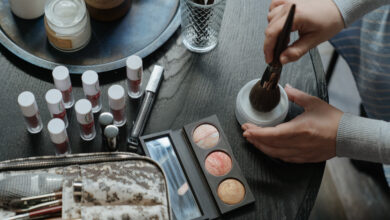
In this article, you will discover invaluable tips from stylish.ae’s premier artist on achieving full coverage. Whether you want flawless-looking skin or glam makeup that lasts all day, this expert advice will help you level up your beauty game. From choosing the right foundation shade to blending techniques, you’ll unlock the secrets to achieving a flawless and radiant complexion. If you’re ready to master the art of full coverage makeup, then keep reading for expert tips and tricks that will leave you feeling like a beauty pro.

Choose the Right Foundation Type
When it comes to achieving the perfect foundation coverage, the first step is to choose the right type of foundation for your skin. There are several different types of foundations available, each catering to specific skin concerns and preferences.
If you have oily skin, opt for an oil-free liquid foundation or a matte finish powder foundation. This will help control shine and keep your skin looking fresh throughout the day. For those with dry skin, a hydrating liquid foundation or a cream foundation will provide the moisture your skin needs. If you have combination skin, you can choose a foundation that offers a balance between hydration and oil control.
Understanding your skin type and choosing the right foundation will lay the foundation for a flawless and long-lasting makeup look.
Prep Your Skin
Before applying any foundation, it’s crucial to prepare your skin properly. This step ensures that your foundation adheres well, looks smooth, and lasts longer.
Start by cleansing your face to remove any dirt, excess oil, or impurities. This will create a clean canvas for your foundation. Next, apply a lightweight moisturizer that suits your skin type. This step is essential, especially if you have dry or dehydrated skin, as it helps to hydrate and nourish your skin while creating a smooth base for foundation application.
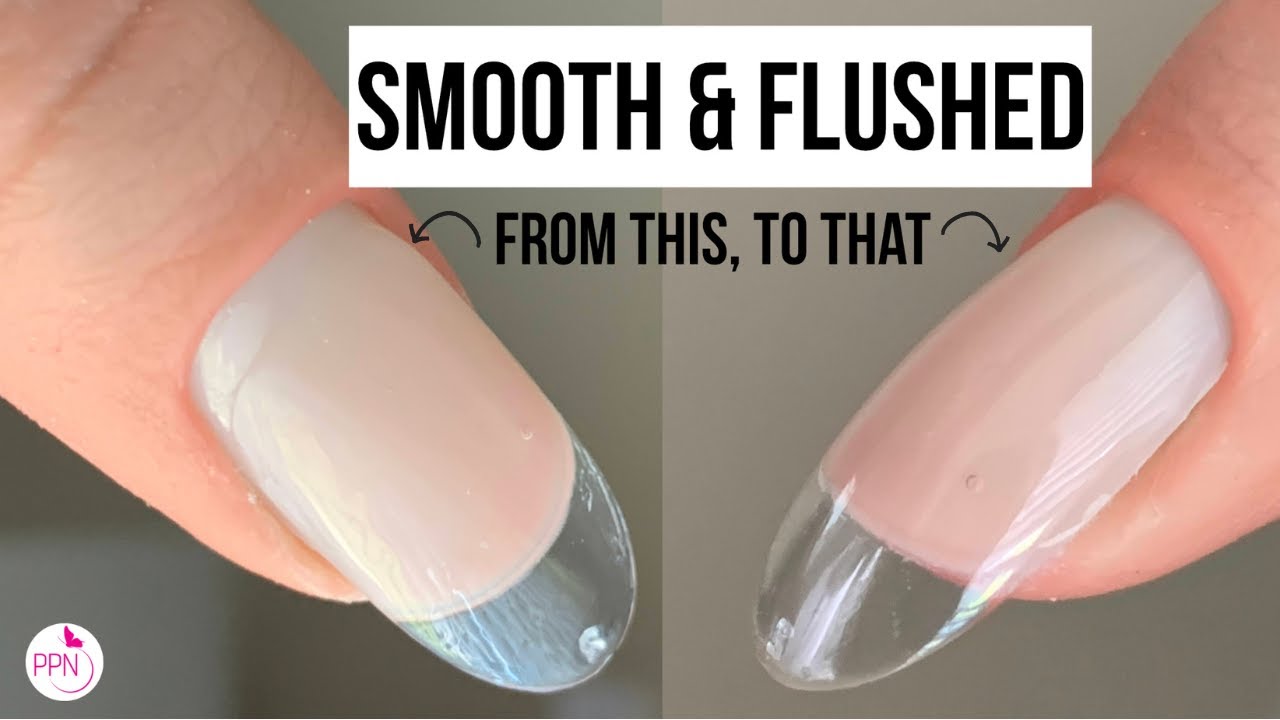
Apply Primer
Using a primer before applying foundation can make a significant difference in the overall finish and longevity of your makeup. Primers create a smooth surface for foundation, filling in fine lines, minimizing the appearance of pores, and helping your foundation adhere better.
To apply primer, take a small amount and distribute it evenly across your face, focusing on areas where your makeup tends to fade or where you have visible pores. Gently pat the primer onto your skin, allowing it to settle in before moving on to the next step.
Blend Foundation Properly
Now that you have prepped your skin, it’s time to apply the foundation. The key to achieving a seamless and natural-looking finish is to blend the foundation properly. There are several application techniques you can try, depending on your preferences and the tools you have on hand.
Use a Foundation Brush
Using a foundation brush is one of the most common and effective ways to apply foundation. It allows for precise application and seamless blending, ensuring that the foundation is evenly distributed. Start by applying small dots of foundation on your cheeks, forehead, chin, and nose, and then use the brush to blend it out in a circular motion, working from the center of your face outwards. Remember to blend the foundation into your hairline and jawline for a seamless finish.
Opt for a Beauty Sponge
Beauty sponges have gained immense popularity in recent years due to their ability to create a flawless, airbrushed finish. To use a beauty sponge, dampen it slightly, then apply a small amount of foundation to the sponge. Gently dab the sponge onto your face, focusing on areas that need more coverage. Use a bouncing motion to blend the foundation into your skin. The dampness of the sponge helps to sheer out the foundation, giving you a natural and dewy finish.
Try Fingertip Application
If you prefer a more hands-on approach, using your fingertips can be a great way to apply foundation. Start by warming up the foundation between your fingers, and then gently press it onto your face. Use your fingertips to blend and spread the foundation, ensuring that it is evenly distributed. This technique works well, especially if you prefer a light coverage or prefer a more natural, skin-like finish.
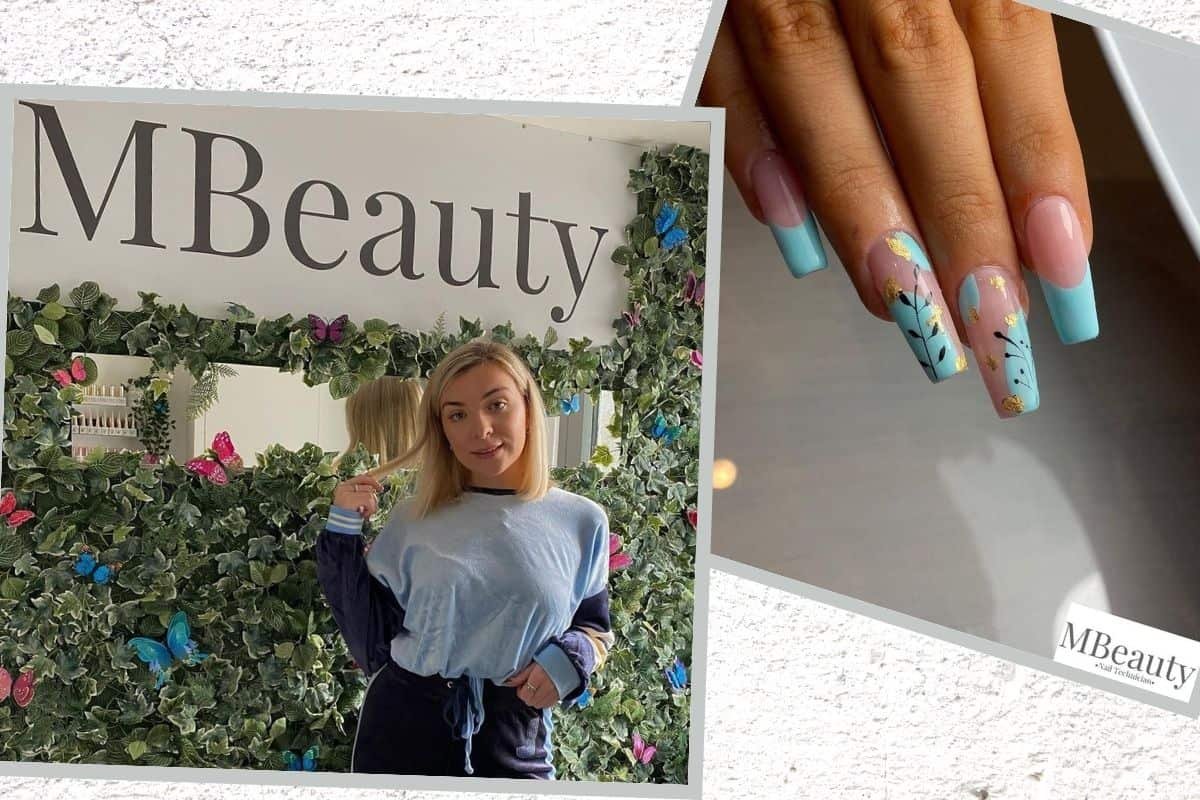
Consider Color Correcting
Color correcting is a technique used to neutralize specific skin concerns using colored concealers or correctors. It can be a game-changer when it comes to achieving a flawless complexion.
Understanding Color Theory
To effectively color correct, you need to understand the basics of color theory. Complementary colors, which are opposite each other on the color wheel, cancel each other out when mixed together. For example, green cancels out redness, while peach or orange cancels out dark circles or hyperpigmentation.
Identify Problem Areas
Take a close look at your skin and identify any specific concerns or discolorations that you want to address. Whether it’s redness, dark circles, or sallowness, color correcting can help neutralize and balance the skin tone.
Select the Right Color Corrector
Choose a color corrector that matches your specific need. Green correctors are excellent for redness, peach or salmon correctors work well for dark circles, and lavender correctors can help counteract sallowness. Apply the corrector sparingly to the problem area and blend it out gently using a brush, sponge, or fingertips. Follow up with your regular foundation for a flawless finish.
Build Up Coverage Gradually
If you prefer a full-coverage look or want to conceal specific imperfections, building up the coverage gradually is the way to go. This technique allows you to customize your coverage level and ensures a natural-looking finish.
Use Thin Layers
Start by applying a thin layer of foundation all over your face, focusing on areas that need more coverage. This will provide a base layer of coverage without appearing too heavy or cakey. Once the first layer has settled into your skin, assess if you need additional coverage and layer on more foundation where required. Building up coverage gradually allows you to achieve a flawless finish while avoiding a heavy and unnatural look.
Allow Each Layer to Settle
It’s important to allow each layer of foundation to settle into your skin before applying additional layers. This will prevent the foundation from sliding or becoming patchy. Give each layer a couple of minutes to set before assessing if more coverage is needed.
Target Specific Areas
Instead of applying a heavy layer of foundation all over your face, target specific areas that need additional coverage. This could be areas with acne scars, hyperpigmentation, or redness. By concentrating the product on specific areas, you can achieve a seamless and natural-looking finish while still effectively concealing imperfections.
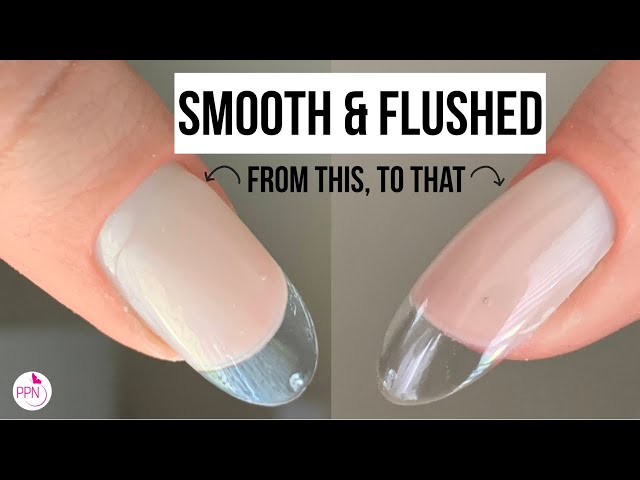
Set the Foundation
Setting your foundation is crucial to ensure its longevity and prevent it from transferring or fading throughout the day. Using a setting powder will help to lock your foundation in place and provide a mattifying effect.
Choose the Right Powder
When selecting a setting powder, opt for one that matches your skin tone or is translucent. This will prevent the powder from altering the color of your foundation. If you have oily skin, a mattifying powder can help control shine. For dry skin, a hydrating or illuminating powder can provide a healthy glow.
Use a Powder Puff or Brush
To set your foundation, lightly dip a powder puff or brush into the powder and tap off any excess. Gently press the powder onto your skin, focusing on areas that tend to get oily or where your foundation tends to fade. Avoid dragging or swiping the powder, as this can disrupt the foundation underneath.
Gently Press the Powder onto the Skin
Instead of vigorously rubbing or buffing the powder into your skin, gently press it onto the skin using a patting motion. This helps to set the foundation without disturbing the layers underneath. Once you have set your foundation, you can proceed with the rest of your makeup routine, knowing that your base is locked in place.
Optimize Application Techniques for Different Skin Types
Different skin types require specific application techniques to achieve the best results. Whether you have dry, oily, or combination skin, here are some tips to optimize your foundation application.
For Dry Skin
If you have dry skin, it’s essential to choose a moisturizing foundation and apply it with techniques that enhance hydration. Start by thoroughly moisturizing your skin before applying foundation. Consider mixing a drop or two of facial oil with your foundation for added hydration and a dewy finish. You can also use a damp beauty sponge to apply and blend the foundation, as this will help to sheer out the product and give a fresh and hydrated appearance.
For Oily Skin
If you have oily skin, it’s crucial to choose a foundation that controls shine and minimizes oil production. Look for oil-free, mattifying foundations or powder foundations with oil-absorbing properties. Applying foundation in thin layers, as mentioned earlier, will also prevent the foundation from looking cakey or sliding off. Oil-absorbing powders can be your best friend in controlling oil and setting your foundation.
For Combination Skin
Combination skin requires a balance of hydrating and oil-controlling properties in your foundation. Consider using different types of foundation on different areas of your face to cater to specific concerns. For example, a matte foundation on the T-zone and a more hydrating foundation on dry areas can help create a harmonious finish. Apply and blend the foundations accordingly to achieve a seamless and balanced look.
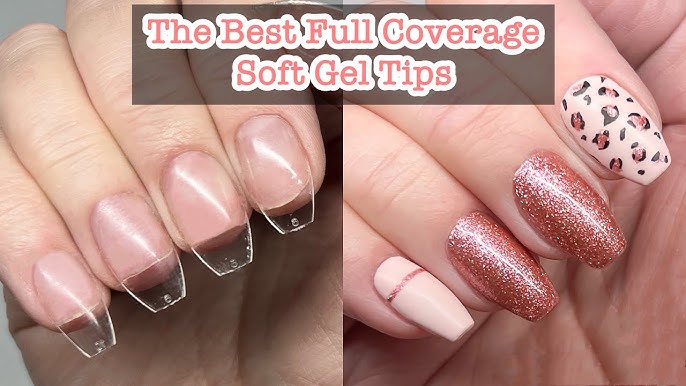
Use Concealer Strategically
Concealer is a crucial step in achieving full coverage and a flawless complexion. It can be used for various purposes, from highlighting and contouring to concealing blemishes and dark circles.
Highlighting and Contouring
Concealers can be used to highlight and contour your face, creating dimension and a sculpted look. Choose a shade that is one or two shades lighter than your skin tone for highlighting and one or two shades darker for contouring. Apply the lighter shade to the high points of your face, such as the under-eye area, bridge of the nose, and center of the forehead. Apply the darker shade to the hollows of your cheeks, along the jawline, and the sides of the nose. Blend well for a seamless finish.
Concealing Blemishes and Dark Circles
Concealers are excellent for covering up blemishes, acne scars, and dark circles. Choose a concealer that matches your skin tone or is slightly lighter. Apply the concealer directly to the areas that need coverage, either with a brush or your fingertips. Gently blend the edges of the concealer into the surrounding skin to create a natural finish. Set the concealer with a small amount of setting powder to ensure it stays in place all day.
Take Care of Your Skin
While achieving a flawless foundation look is essential, taking care of your skin should be the ultimate goal. Healthy and well-nourished skin will provide the best canvas for makeup application.
Stick to a Skincare Routine
Establishing a regular skincare routine is crucial for maintaining healthy skin. Cleanse your face twice a day, exfoliate regularly to remove dead skin cells, and moisturize daily. Additionally, don’t forget to wear sunscreen to protect your skin from harmful UV rays.
Stay Hydrated
Drinking enough water is not only essential for your overall health but also for your skin. Hydrated skin is less prone to dryness, flakiness, and fine lines. Aim to drink at least eight glasses of water a day to keep your skin hydrated from within.
Remove Makeup Properly
Removing your makeup properly is as important as applying it correctly. Leaving makeup on overnight can clog pores, cause breakouts, and lead to dull-looking skin. Use a gentle makeup remover or cleansing oil to remove your foundation, followed by a face cleanser to ensure your skin is clean and makeup-free before going to bed.
By following these tips and techniques, you can achieve full coverage and a flawless complexion that lasts all day. Remember to choose the right foundation type, prep your skin properly, and use the correct application techniques for your skin type. Don’t forget to color correct, build up coverage gradually, and set your foundation for long-lasting wear. Lastly, take care of your skin by following a skincare routine, staying hydrated, and removing makeup properly. With these steps, you’ll be well on your way to a flawless and confidence-boosting makeup look.




